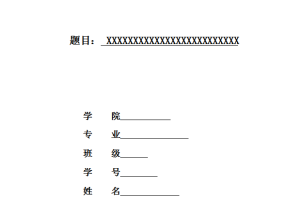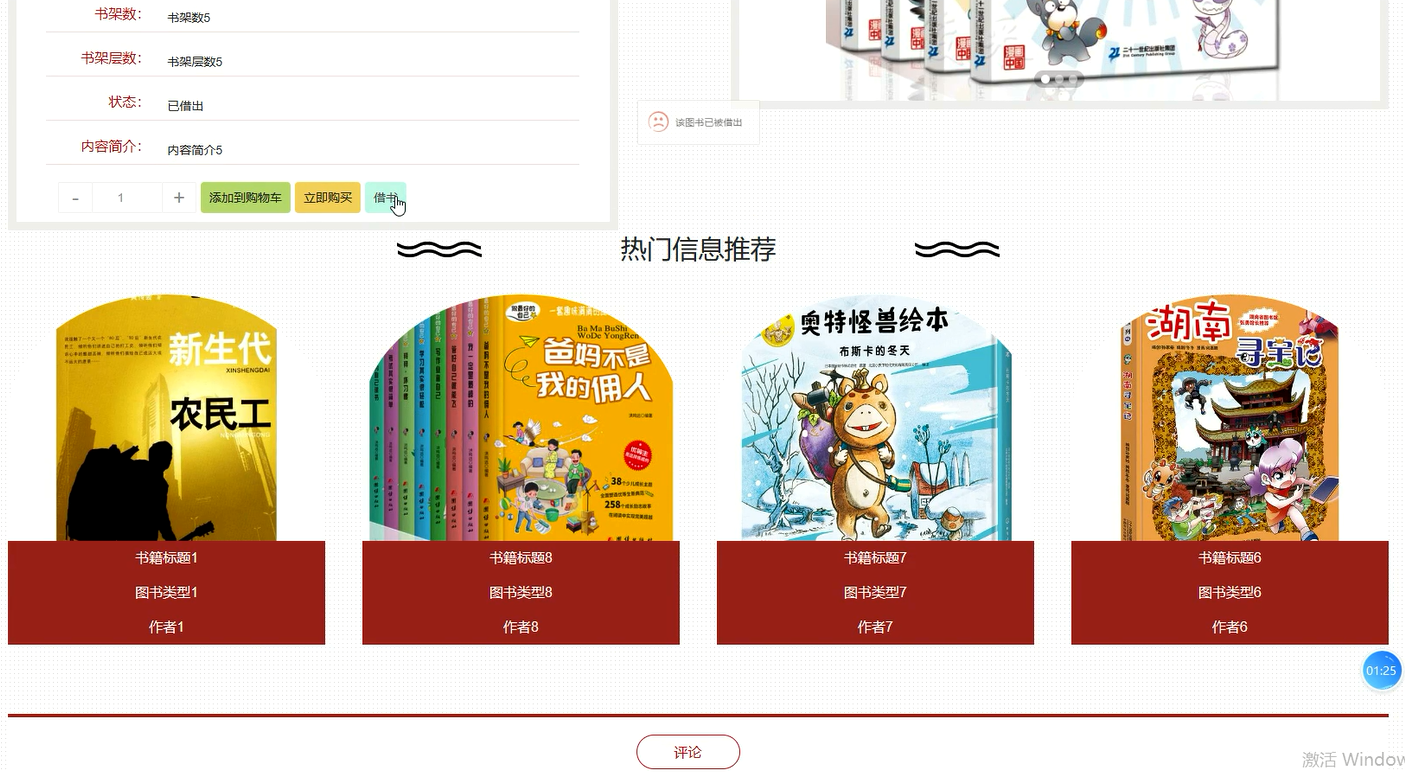从文化角度看习语翻译
【摘 要】习语是语言文化的结晶,缺少了习语,语言将会变得索然无味。习语在语言中的应用比比皆是,在写作或演说中适当地使用习语将会使篇章增色,加强语言的力量使语言更形象。奈达曾说过,习语是比任何非习语更具冲击力的表达,它带有一种语言和文化的识别特征。习语被广泛应用于各类写作和演说中,如在文学作品中,在科学著作中,在政治演说中,甚至在美国,习语都成为辩论中唇枪舌战的武器。美国第16届总统亚伯拉罕·林肯在他一篇著名演说中引用了圣经里的一句话:“互相分裂的房子无法站立。”来号召美国人民团结一致反对黑奴制度,停止内战。美国人对圣经的内容都很熟悉,他们为此深受感动。林肯废奴运动也取得了很好的结果。既然习语在语言运用中有如此重要地位,那么恰到好处地翻译习语将有助于跨文化交流。中英不同的文化使得英汉习语在表达上有很大差异,也使得翻译中容易产生误译,因此加强对英汉习语文化内涵差异的了解有着重要意义。本文在探讨英汉习语文化内涵差异的基础上提出了四种翻译方法:直译法、意译法、意象转移法、增删法。
【关键词】 习语;文化;习语翻译
【Abstract】 Idioms, having universal appeal, are widely recognized as the essence or the crystallization of language. Without idioms language would become dull and dry, whereas an appropriate use of them in speech and writing will add much to variety strength and vividness of the language. Idioms usually carry more impact than none-idiomatic expressions because of their close identification with a particular language and culture. Idioms are widely used in almost all kinds of speeches and writings: they can be found in literary works, in scientific and political articles; even debates in the United Nations are often interspersed with idioms which become verbal weapons that are difficult to argue against. The 16th US President Abraham Lincoln once quoted an idiom derived from the Bible: “A house divided against itself cannot stand.” in one of his famous speech, calling on people to fight against slavery and Civil War. American people, who were familiar with the Bible, were greatly impressed and Lincoln’s antislavery campaign at last yielded fruitful result. Thus idioms hold an important position in language use, an adequate translation of idioms is not only helpful but also essential in intercultural communication.
This paper attempts to make a brief comparative study of the cultures embodied in Chinese and English idioms and explores the role of the culture in understanding and rendering of both English and Chinese idioms.
【Key Words】 Idioms; culture; the translation of idioms
1. Introduction
2. Definitions and forms of idiom
3. Idioms, culture and translation
4. Understanding idioms from a cultural context
5. Translation methods of idioms
6. Conclusion





